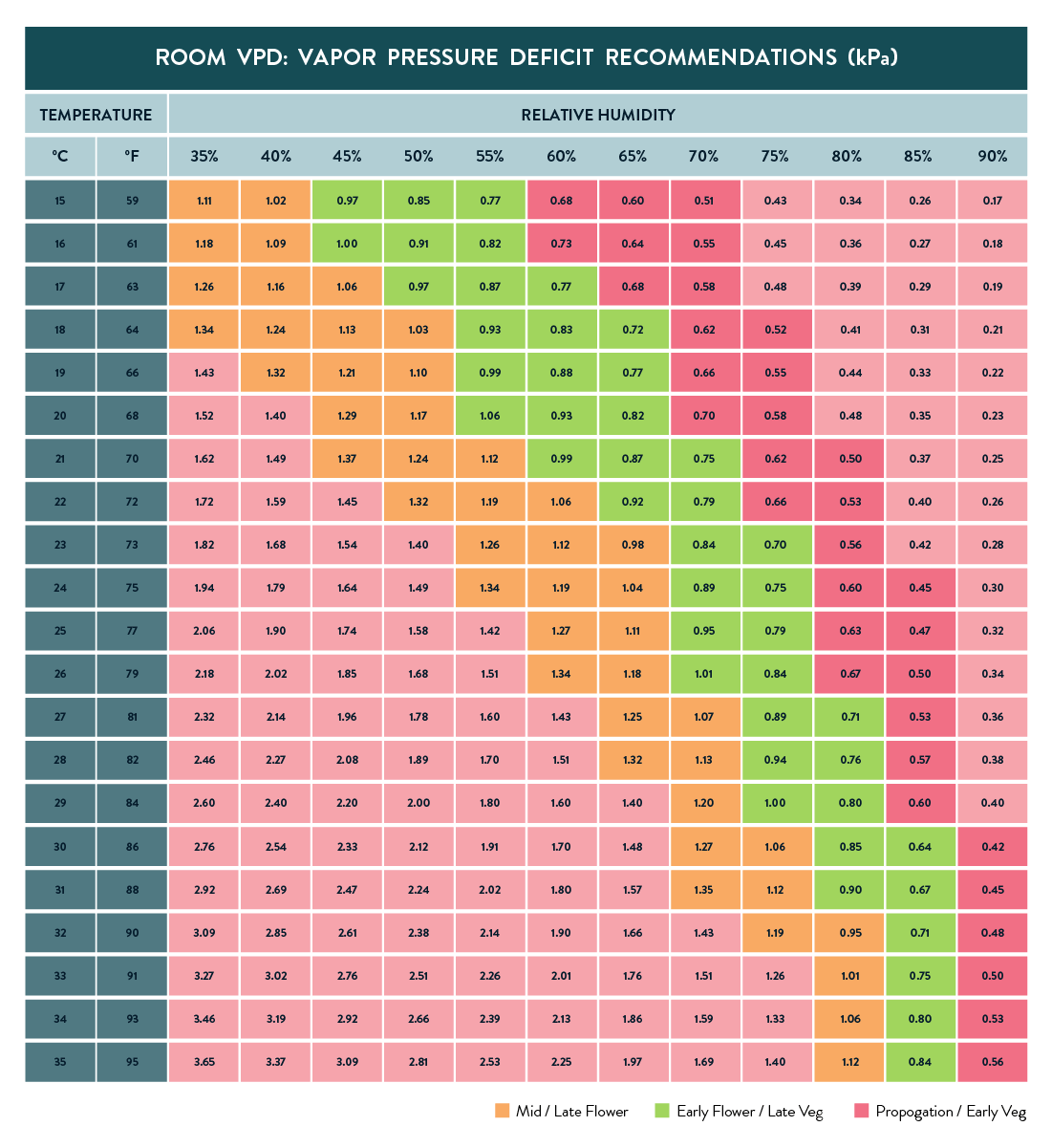When it comes to increasing marijuana indoors, lighting is one of the most vital aspects to look at. Without proper lighting, your plants will certainly not flourish and make high-quality weeds. One method to guarantee that you are providing your plants along with the ideal amount of light is by making use of a PPFD graph.
PPFD stands for Photosynthetic Photon Flux Density, which assesses the quantity of illumination that reaches a particular region over a particular time frame. This metric is usually made use of in indoor horticulture and horticulture to determine the optimum lighting configuration for plants.
To use a PPFD chart, you first need to recognize the various stages of marijuana development. There are actually three primary phases: fertile, blooming, and budding. Each stage requires a different degree of lightweight strength to market superior development and return.
In the course of the fertile stage, marijuana vegetations demand mild amounts of lightweight magnitude varying coming from 300-600 µmol/m²/s (micromoles per square gauge every secondly). At this phase, it is essential to give your plants with enough blue range illumination as it advertises healthy fallen leave and stem development.
The flowering stage needs much higher levels of lightweight intensity varying from 600-900 µmol/m²/s. During the course of this stage, reddish spectrum illuminations are vital as they advertise flower growth and bud progression.
In the budding phase (the final period), marijuana vegetations require even higher amounts of light strength ranging from 900-1200 µmol/m²/s. At this point, it's essential to keep constant illumination disorders as any kind of notable changes may impact turnout and high quality adversely.
When making use of a PPFD graph, you are going to observe that it offers sizes in micromoles every square meter every 2nd (µmol/m²/s). The market values on these charts signify how much PAR (Photosynthetically Active Radiation) is available at each factor on the chart.
PAR refers to wavelengths between 400-700 nm that boost photosynthesis in vegetations. By gauging PAR result with a PPFD gauge or chart, you may establish the optimum span between your vegetations and lightweight source to make certain that they acquire the appropriate quantity of light.
Determining PPFD is a direct process. All you require is a PAR gauge or smartphone app that evaluates light intensity in micromoles every square gauge every next. Once you have assessed the PPFD, recommend to the graph to determine if your illumination configuration is providing enough lighting for your vegetations.
It's significant to take note that various styles of grow lights (such as Top, HPS, or fluorescent) possess differing levels of PAR output. Therefore,
This Is Noteworthy to understand the PAR output of your certain grow lights and readjust as necessary.

In final thought, utilizing a PPFD graph can be an effective technique to calculate the ideal lighting arrangement for your inside weed backyard. By understanding the different stages of cannabis development and their corresponding illumination necessities, you can easily ensure that your vegetations receive optimal conditions for development and return. Always remember always to determine PPFD worths making use of a meter or app and change correctly based on readings coming from the chart. With suitable lighting system, you can attain higher yields and much better premium weeds in your inside cannabis backyard.
UNDER MAINTENANCE

